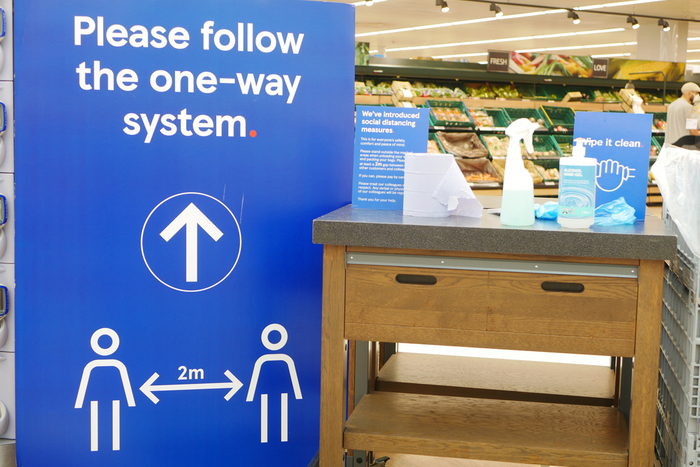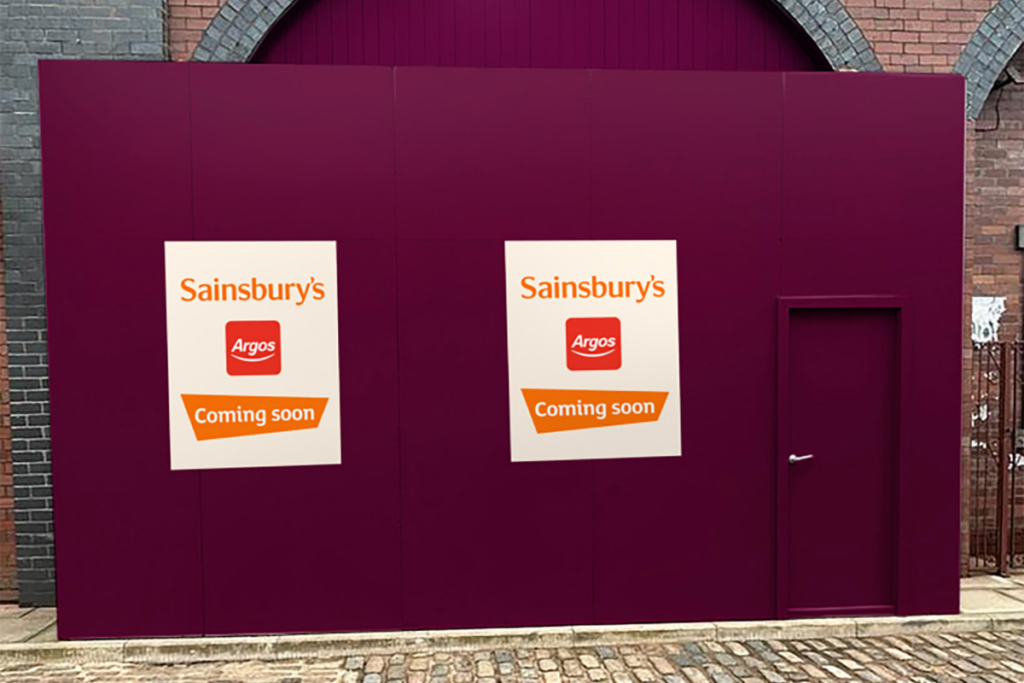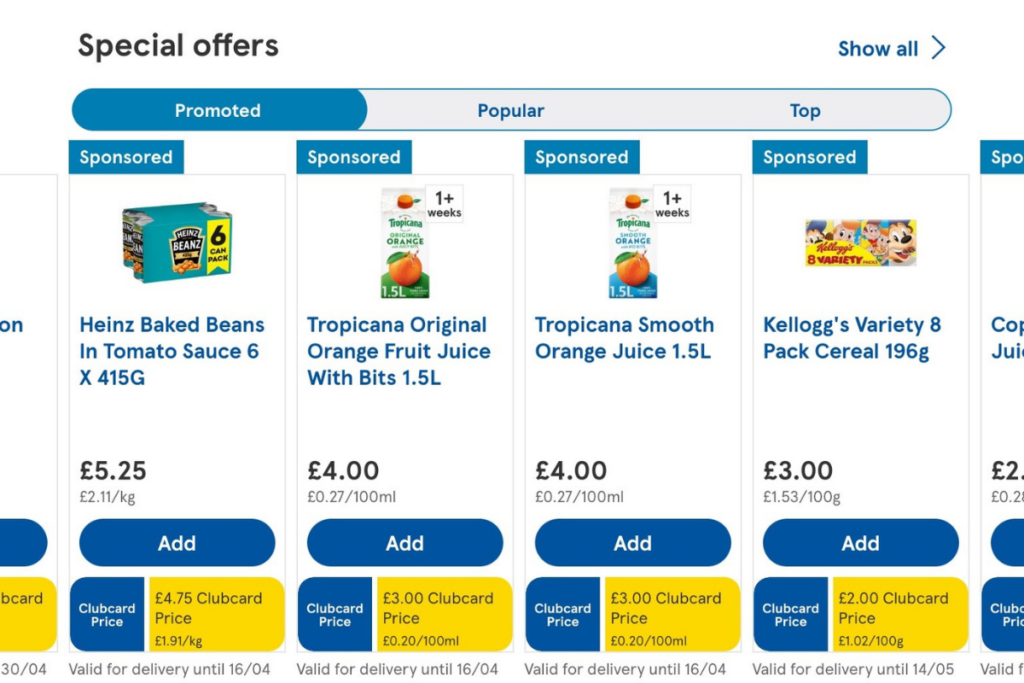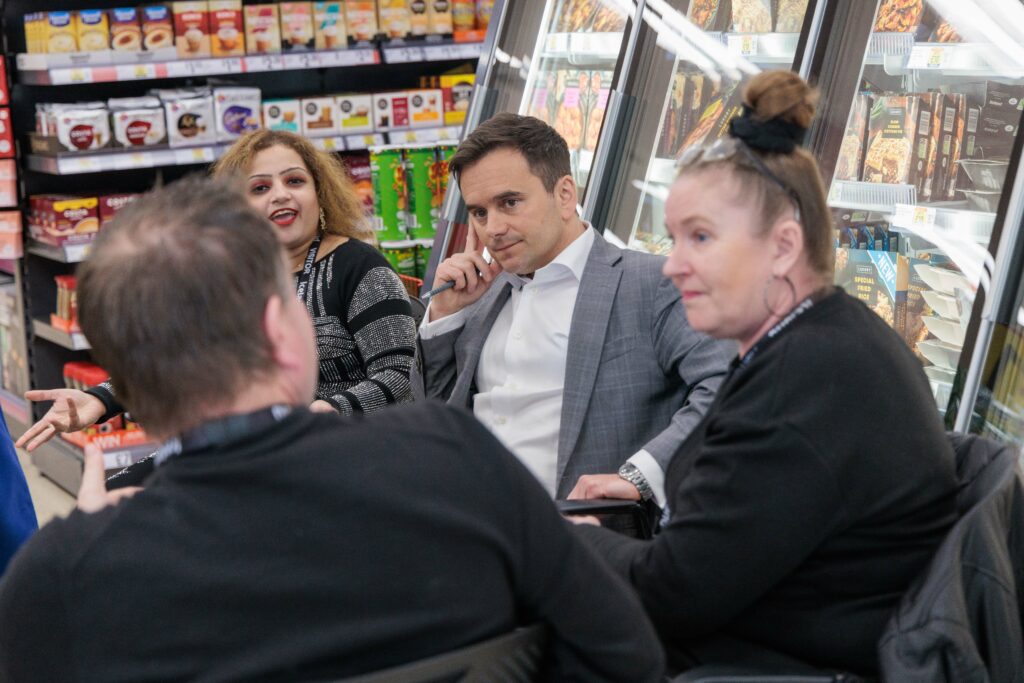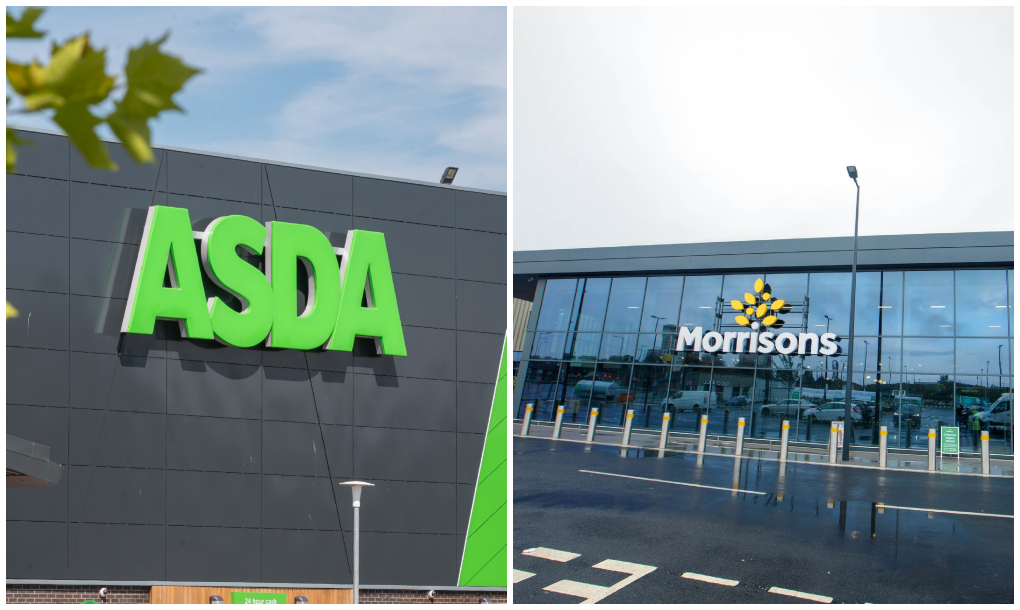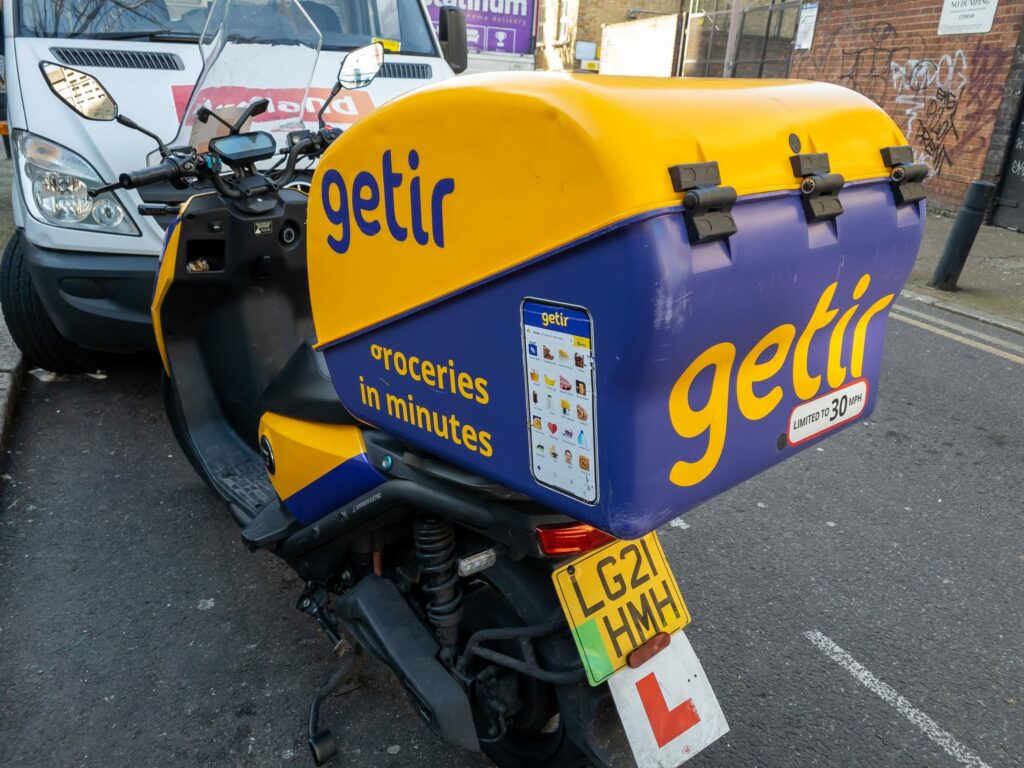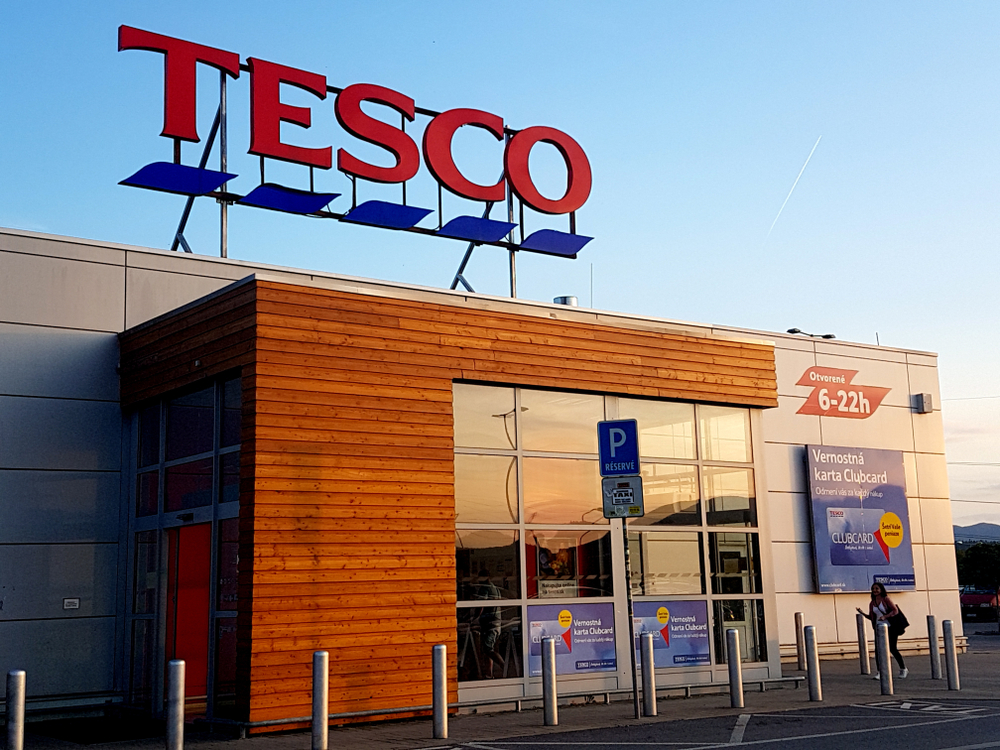Two years ago today Boris Johnson plunged the UK into lockdown. With non-essential shops shuttered, the supermarket became the only place consumers could shop and the grocery sector’s vital role of keeping the nation fed was brought into sharp focus.
But after those first few weeks of product shortages of everything from toilet paper to self-raising flour (remember the nation’s obsession with banana bread?), a new normal of grocery shopping emerged.
Shopping patterns including a higher reliance on online, a new-found demand for instant grocery orders, and a resurgence of the local corner shop materialised.
But as the UK moves to living with Covid, which trends are here to stay?
A step change in online grocery
One of the biggest trends of the pandemic has been the rise of online shopping. This is true across all of retail, including grocery.
Ecommerce accounted for 8.7% of all grocery sales before the pandemic hit in February 2020, by February last year it peaked at 15.4%, according to Kantar Worldpanel data.
However, online sales are starting to fall as shoppers move beyond Covid. Ecommerce grocery sales were down almost 20% in the latest Kantar figures for the 12 weeks to 20 February. But, at 13.3% of all grocery sales, online is still notably ahead of pre-pandemic levels.
Asda senior vice president of ecommerce, Simon Gregg believes the online market will remain strong: “Critically, the online grocery market has still doubled in size versus pre-pandemic levels.”
Gregg says that although Asda’s growth levels have stabilised since the peak of the first lockdown, where growth exceeded 100%, “we continue to see consistent numbers of weekly shoppers at levels more than double those seen in early 2020.”
IGD’s senior UK retail analyst Patrick Mitchell-Fox does not expect online grocery shopping to quite hit the peaks experienced at the height of Covid lockdown periods, however, he believes it will remain notably higher than pre-pandemic levels.
Meanwhile, Mintel forecasts that the online grocery market will be worth £22.4 billion by 2025, a £4.9 billion increase over pre-pandemic forecasts.
The need for speed
Speedy deliveries have taken off in a big way with people now expecting to receive grocery orders in minutes rather than day.
To handle the surge of orders, supermarkets have had to make drastic changes, such as dedicating sections of their car parks for order pickup, converting some stores to fulfill online orders and partnering with speedy fulfilment experts from Deliveroo to Just Eat.
Gregg believes this trend will continue as normality resumes.
“The pandemic has changed the way that people shop. As lives become busy again, we continue to see customers selecting rapid delivery for top-up shops and essentials,” he says.
Asda is looking cater for the growing audience shopping for grocery on-demand and is seeking ways to give customers even more choose.
It is expanding the number of locations where it offers grocery on Uber Eats and Just Eat, which Gregg says accounts for “a significant percentage of online grocery sales”.
The grocer is also rolling out its own Express online delivery service, where shoppers can receive their orders made from Asda’s full online range in as little as an hour beyond the 149 stores it currently offers the service in.

During the pandemic, fellow grocer Sainsbury’s saw its on-demand grocery offer continue to grow, and it currently offers speedy delivery from around 580 stores via its Chop Chop service, along with its Deliveroo and Uber Eats tie-ups.
Mitchell-Fox believes that Covid has changed shoppers’ stance on paying for delivery and they are increasingly happy to spend more on speedy fulfilment options.
“A market for rapid delivery is now well established – the challenge is maintaining it and whether the retailer can make it profitable,” he argues.
A spokesperson for Deliveroo told Retail Gazette that the company has witnessed continued growth across its grocery offering over the past two years.
“Even with the lifting of pandemic restrictions, we know that our consumers value the convenience of on-demand delivery, whether it’s being able to stock up on daily essentials from a supermarket or a quick treat from their local corner shop,” the spokesperson said.
Deliveroo has expanded its grocery delivery offer by launching Deliveroo Hop last autumn, a rapid delivery service that operates from dedicated dark stores.
The service will benefit from the integration between Deliveroo’s newly-developed grocery management technology and logistics algorithms and its network of over 50,000 delivery riders across the UK. This will allow customers to receive orders in as little as 10 minutes.
The first Deliveroo Hop store was launched with Morrisons in central London and Waitrose is now trialling the service.
“Deliveroo has always been at the forefront of the on-demand grocery market, and we’ll continue to grow our offering to provide exceptional choice and service for consumers,” it said.
The rise of the local shop
Local convenience and off-licence retailers have thrived since the pandemic led Brits to spend more time where they live.
Mintel associate director of grocery and ecommerce Nick Carroll says its consumer survey shows that around a third of consumers have been shopping more with local businesses since the start of the pandemic.
“That’s fallen back a little as more consumer movement comes into market, but last month’s research showed that we’re still shopping more with local businesses,” he explains. “That more localised behaviour is here to stay.
“In 2020, we found that three quarters of shoppers said the pandemic had given them a greater appreciation of grocery retailers, and you can see that coming through in terms of local businesses as well.”
With an increasing number of office workers adopting a hybrid working approach, many consumers will continue to spend more time where they live and are likely to spend more money with their local food shops.
Whereas many Covid-led trends look likely to continue, one overarching factor is coaxing shoppers to return to normal habits – inflation.
Aldi and Lidl’s growth slowed during the pandemic, in part due to the pair not offering a full grocery offer online. However, as prices as surged in the face of rising inflation, shoppers have flocked back to the discounters.
Aldi and Lidl were the fastest growing retailers in Kantar Worldpanel’s latest market share data, which covered a period in which inflation rose to its highest level since September 2013.
With the cost-of-living crisis only set to get worse, it would seem value is a trend that will eclipse all new pandemic-driven habits in the year ahead.
Click here to sign up to Retail Gazette‘s free daily email newsletter

